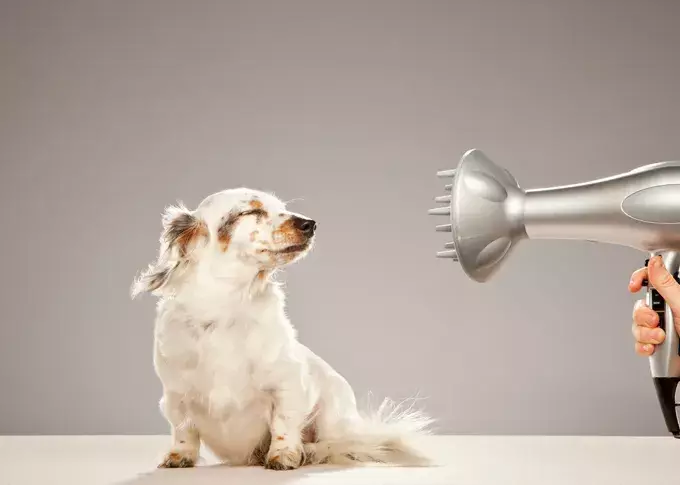Owning a dog is often one of life’s most fulfilling experiences, providing companionship, joy, and unwavering loyalty. However, with this wonderful addition to your family comes the responsibility of ensuring that your furry friend leads a healthy, happy, and fulfilling life. This article presents key strategies that every dog owner should embrace to create a strong, loving, and safe environment for their canine companion.
One of the crucial steps in ensuring your dog’s safety is to provide proper identification. Every dog should wear a collar that includes an ID tag displaying your contact information. This simple measure can significantly enhance the chances of reuniting with your pet should they wander off. Additionally, microchipping is a safe and effective way to ensure your dog is traceable if lost. Regularly checking that your pet’s microchip details are up to date will help maintain connections with your furry friend.
Before becoming a dog owner, it’s essential to familiarize yourself with local pet ownership laws and regulations. These can vary remarkably by location and might include licensing necessities, vaccination requirements, and other health-related mandates. Engaging with local veterinarians or animal shelters can provide insight into what is required, ensuring your pet is both legal and healthy, while also contributing to the community’s overall wellbeing.
When taking your dog out, a leash is not just a good practice; it is a vital tool for ensuring safety. Although some dogs exhibit pristine behavior in open spaces, unpredictable situations can arise, making it imperative to maintain control. Certain breeds, bred for their energy and stamina, may instinctively bolt if given the chance. Keeping your dog on a leash protects them from potential accidents and ensures the safety of those around you.
Dogs are inherently social beings that thrive on companionship and interaction with their human families. While outdoor space is important for their well-being, it should not substitute for indoor time with their owners. Spending quality time indoors helps strengthen the bond between you and your dog while allowing them to feel secure and loved. Provide your pet with engaging toys and enjoyable activities that can be shared inside.
Annual Vet Checkups: A Cornerstone of Health
Just as humans require regular health check-ups, dogs must also visit a veterinarian annually. These visits allow for preventative care, early detection of potential health issues, and staying current on vaccinations. A strong relationship with a veterinarian is invaluable. Should you need to find a trusted professional, asking for recommendations from fellow dog owners can facilitate your search.
Choosing to spay or neuter your dog is a responsible decision that goes beyond controlling pet overpopulation. This procedure can lead to numerous health benefits and behavioral improvements. Dogs that have been spayed or neutered are often less aggressive and exhibit fewer wayward behaviors. Therefore, this step should be among the initial priorities when taking on the responsibility of pet ownership.
Nourishing Your Pet: A Balanced Diet Matters
A dog’s diet plays a pivotal role in their overall health. Every pet owner should ensure that their dog receives a well-balanced, nutritious diet consisting of high-quality food. Consulting with your veterinarian can help determine the best dietary options for your specific breed and the required portion sizes. Additionally, never underestimate the importance of providing constant access to fresh water.
Like any family member, a dog requires guidance and training to ensure appropriate behavior. Invest in training classes that use positive reinforcement methods, as these promote good behavior while fostering a loving bond between you and your dog. Group settings create opportunities for socialization, allowing your dog to interact with other animals and learn valuable social skills in a controlled environment.
Regular physical activity is essential for maintaining your dog’s health and well-being. Dogs should engage in daily exercises, including walks, runs, and interactive play. Keeping your dog active not only enhances their physical fitness but helps mitigate behavioral issues that may arise from pent-up energy. Discuss with your vet regarding how much exercise is appropriate based on your dog’s age, breed, and health status.
At the heart of responsible dog ownership lies patience and unconditional love. In challenging moments, such as when your dog displays unwanted behaviors, seek guidance through training resources or professional advice. Your willingness to understand and support your dog’s needs will deepen your bond, resulting in a loving and enjoyable coexistence for many years to come.
Embracing the role of a responsible dog owner requires commitment, awareness, and compassion. By incorporating these essential tips into your routines, you can cultivate a nurturing environment that allows your dog to thrive and become an integral part of your family for years to come.

